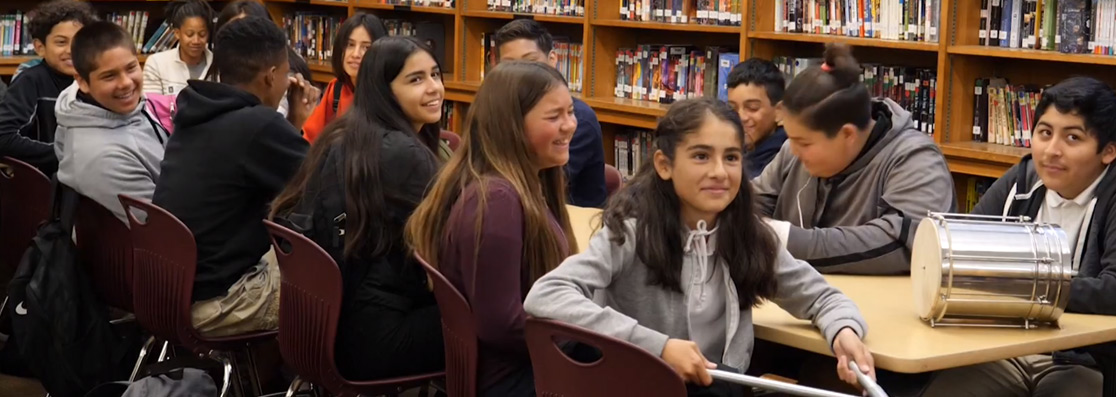
Students learn about the physics of music in the Listening to Waves program with TDLC scientists
About
The Temporal Dynamics of Learning Center (TDLC) is the original Science of Learning hub at UC San Diego. Founded in 2006 with support from the National Science Foundation (NSF), the Center includes 40 researchers from across the United States, Canada and Australia, and several local San Diego schools. TDLC is based at UC San Diego, with primary research partners at Rutgers University, UC Berkeley, and Vanderbilt University.
TDLC is at the forefront of a deep understanding of learning, from the most basic building blocks of how brain networks learn, to the ways in which children learn, to understanding the role of technology and culture in shaping learning. TDLC has brought together a collaborative team of researchers, educators, and communicators who bring basic science into classrooms and, conversely, use the classroom as a living laboratory to inform and guide the basic science.
TDLC scientists are experts in:
Network of Networks
The center is organized as a network of networks to focus on four major aspects of learning: sensori-motor learning; interactive memory systems; perceptual expertise; and social interaction systems related to learning. Each network is composed of multiple principal investigators, often from different institutions. These communities of scientists break down disciplinary and institutional barriers in pursuit of a common set of research questions. Researchers focus on each set of issues from multiple perspectives, and synchronize their research by running parallel experiments in animals, people, and theoretical models. TDLC researchers hope to improve teacher understanding of the scientific research pertaining to the dynamics of learning. They also learn from teachers the dynamics of how students are taught in the classroom.
As leaders in the global science of learning community, we have made strides towards educational change. Our investments in human capital are immense. The time is exactly right to leverage all of the effort and success of the past decade for discovery and societal change – a paradigm shift in learning.